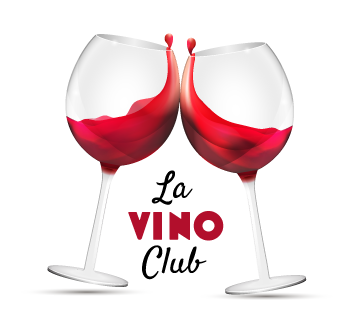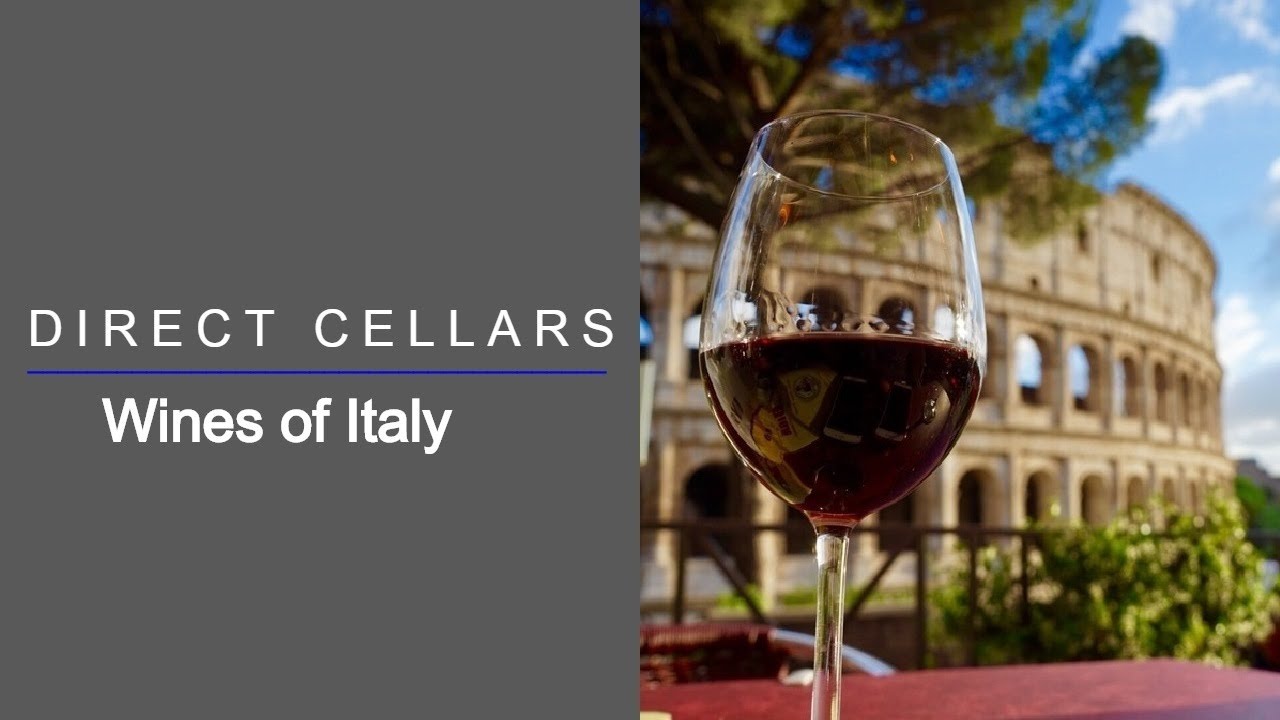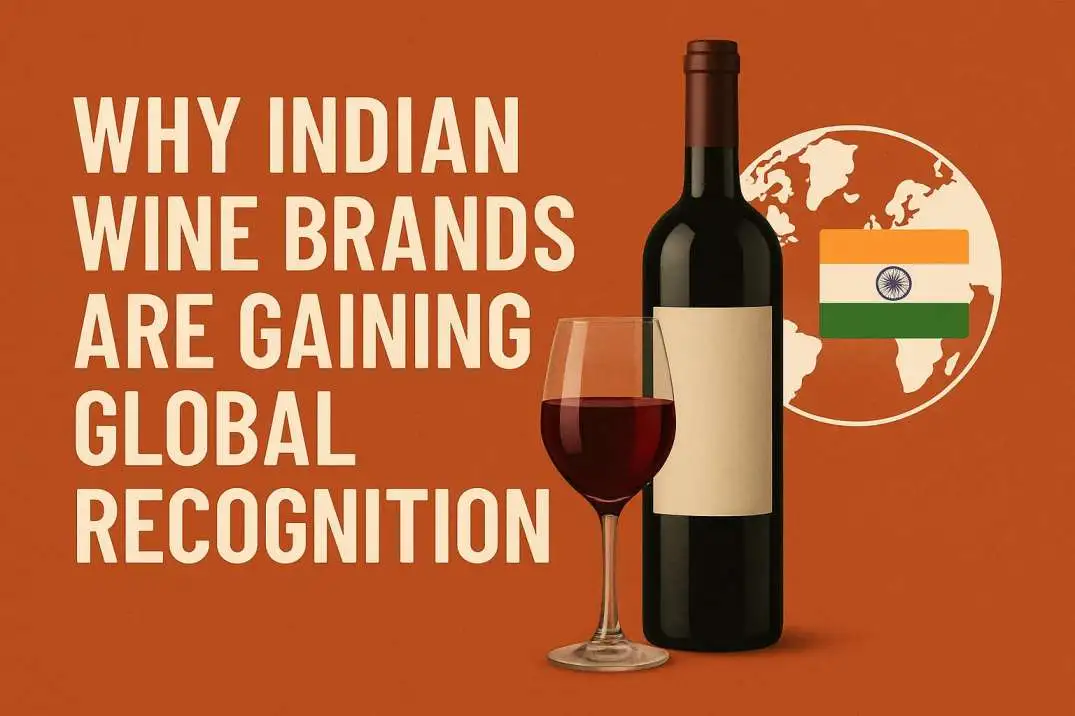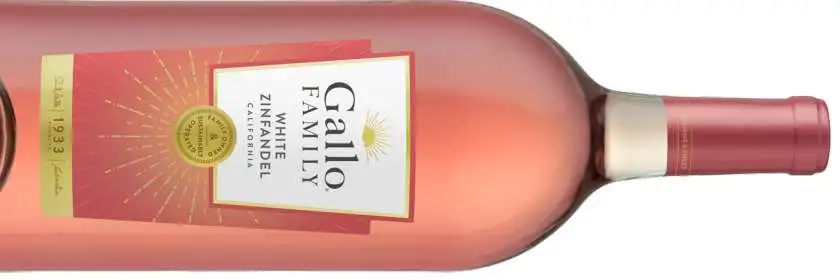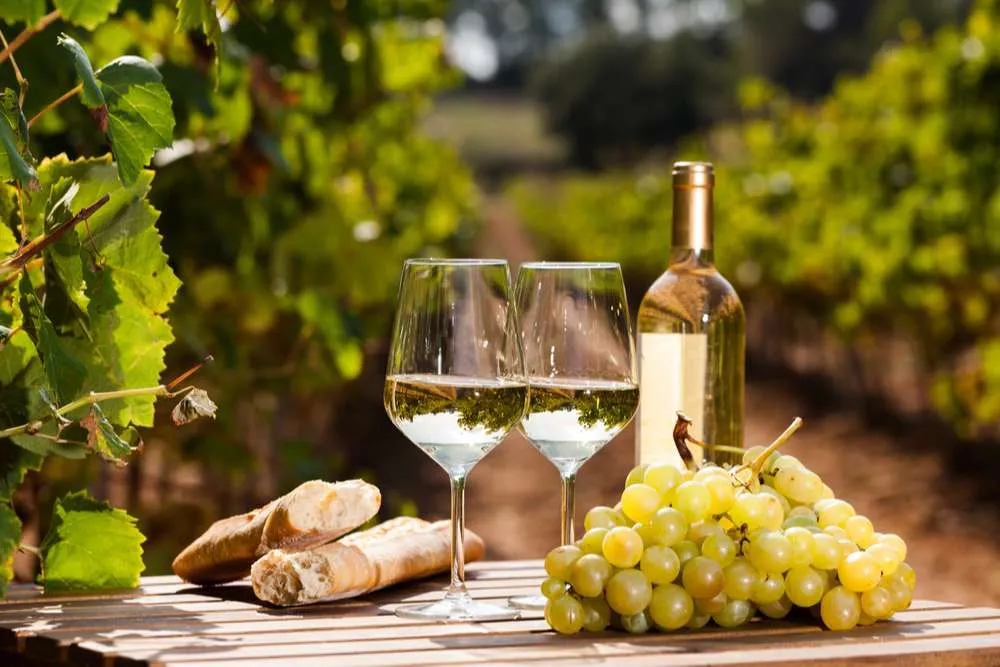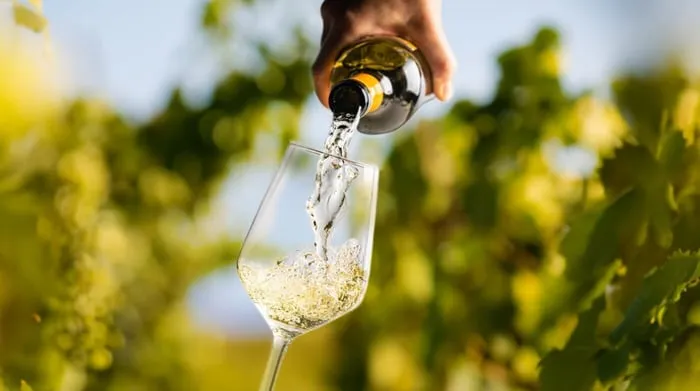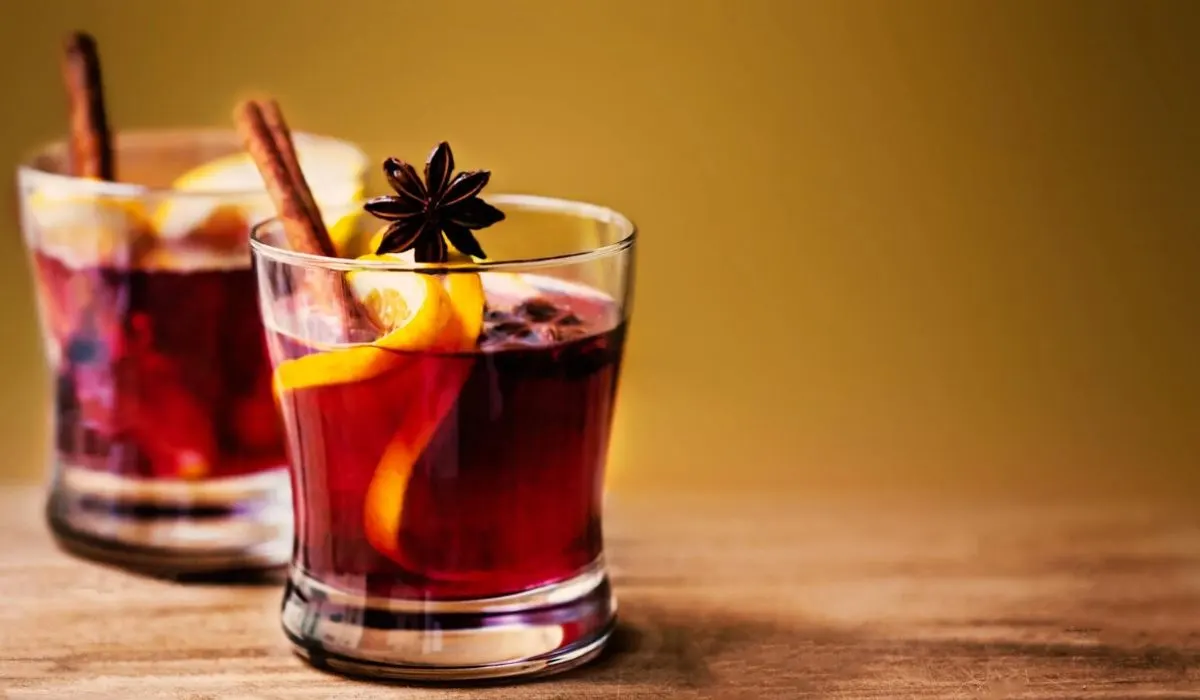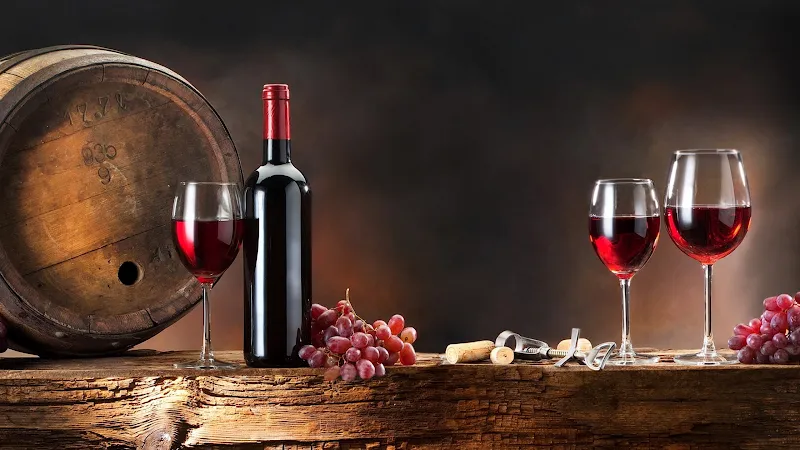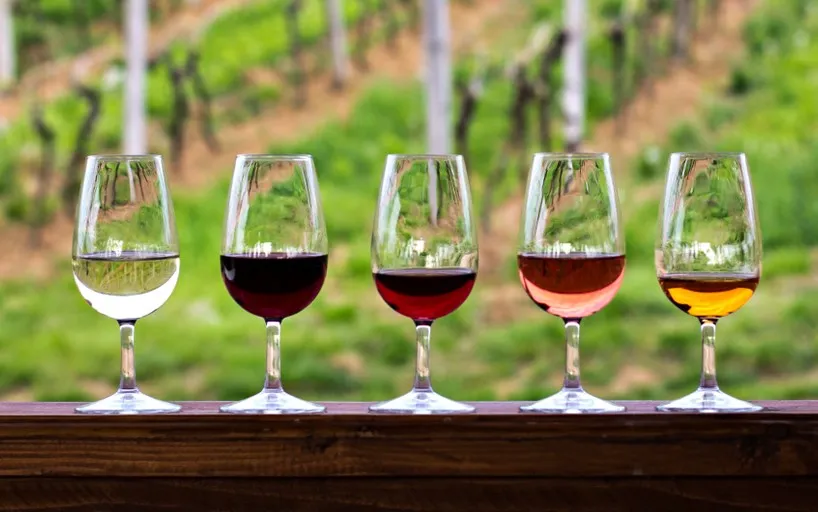Italy is the world’s largest exporter of wine, in the past year sending the equivalent of more than 32 milllon cases to the United States alone. Italian wines come from all over the boot-shaped peninsula, which boasts a mix of terrains and climates that provide ideal conditions for many different types of vines. Combined with Italy’s reputation for wonderful cuisine – and the Italian tradition that considers wine part of a meal – it’s no wonder Italy is the source of so much good wine.
Italian wine regions crowd the map from the Alpine peaks of the Alto Adige to Puglia, in the heel of the boot, plus the islands of Sicily and Sardinia. Italy’s climate is generally mild, moderated by the seas to the east and west. The Alps, at the northern border, shield Italy from wintery blasts. The Apennine mountains, which run the length of the country, provide a range of topographies and soil types.
Italy’s indigenous grapes, the source for red, white, rosé and sparkling wines, dominate wine production. As with many Italian wines labeled by appellation, not grape, their names may be unfamiliar: Sangiovese, for instance, is Italy’s most-grown red grape, the chief ingredient in Tuscany’s familiar Chianti wine as well as other reds like Morellino di Scansano, Brunello di Montalcino and Vino Nobile di Montepulciano.
Though many of Italy’s wines remain simple, food-friendly wines ideal for everyday drinking, the quality of exported Italian wines has improved tremendously in recent decades. Powerful Italian red wines such as Barolo and Barbaresco, from the Piedmont region, and Taurasi, from Campagnia, are coveted by collectors. But delicious and complex Italian wines are available for any budget. Quality is governed in part by rigorous wine-production laws, meant to preserve an area’s winemaking traditions and ensure consumers enjoy an authentic product.
Wines meeting the most rigorous guidelines for quality and superior production zones are classified Denominazione di Origine Controllata e Garantita, or DOCG. The second level is Denominazione di Origine Controllata, or DOC. (New European Union guidelines recognize these two categories as one group, Denominazione di Origine Protetta, or DOP, wines, comprising more than 400 appellations.)
In the 1970s, some winemakers rebelled against the traditional system, blending international grape varieties, such as Cabernet Sauvignon and Merlot, with Italy’s indigenous grapes. These “Super Tuscan” wines, the first Italian wines to use such modern blends, sparked a revolution in Italian winemaking. At first, the DOC system only permitted these rule-benders to be labeled simple “table wines.” But the excitingly high quality of many of the Super Tuscans demanded the creation of a new designation, Indicazione Geografica Tipica, or IGT (increasingly called Indicazione Geografica Protetta, or IGP). This now covers more than 100 types of wines, including Super-Tuscan and varietally labeled Italian wines.
Now that you know more about wines from Italy, it’s time to experience wines from vineyards all over the world delivered directly to your door at https://www.directcellars.com/rob
